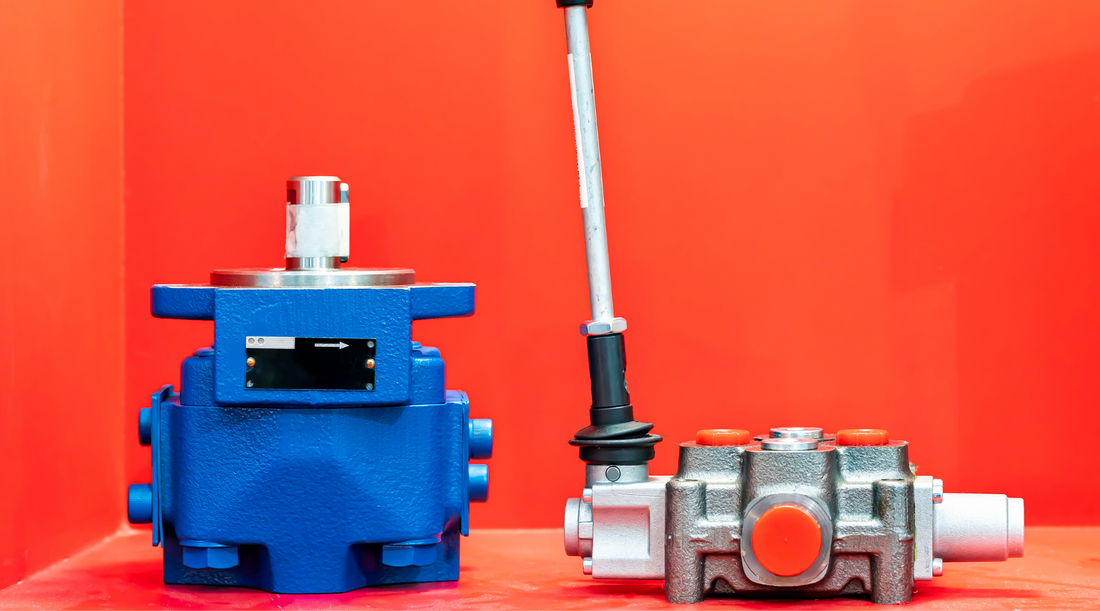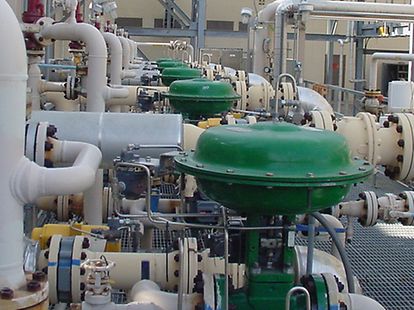The Duty of Control Valves in Liquid Flow Administration Solution
The Duty of Control Valves in Liquid Flow Administration Solution
Blog Article
Achieve Seamless Combination and Control With Top Quality Building Automation Controls
In the realm of modern building management, the significance of quality structure automation controls can not be overemphasized. Embracing high quality building automation controls is not simply an issue of comfort yet a critical crucial for companies intending to enhance their centers' efficiency and sustainability.

Evolution of Structure Automation Controls
Throughout the past couple of years, the evolution of constructing automation controls has significantly transformed the means buildings are handled and operated. Building automation systems mainly focused on standard functions such as regulating ventilation, heating, and air conditioning (HEATING AND COOLING) systems. Nonetheless, as innovation progressed, these controls have actually become much more innovative, permitting a larger variety of structure systems to be integrated and handled centrally.
The advancement of constructing automation controls has actually seen a shift in the direction of even more smart systems that can adjust to transforming conditions in real-time. This adaptability is vital for enhancing power performance and ensuring occupant comfort. Additionally, modern building automation controls currently use features such as anticipating maintenance, remote surveillance, and information analytics, enabling facility supervisors to make data-driven decisions to improve building performance.

Benefits of High Quality Assimilation
The innovation in structure automation controls in the direction of even more intelligent systems has underscored the considerable benefits of top quality integration in maximizing building operations and improving total efficiency. This centralized control likewise supplies much better presence and understandings right into structure efficiency, enabling positive maintenance and optimization approaches. Overall, the advantages of high quality assimilation in building automation controls are indisputable, providing boosted effectiveness, comfort, and operational effectiveness.
Enhanced User Experience and Ease Of Access
Enhancing individual interaction with building automation controls via intuitive design and boosted access raises the general experience for passengers and facility managers alike. By concentrating on user experience, building automation systems can become extra straightforward and reliable. User-friendly interfaces, clear navigation, and adjustable settings empower users to communicate with the controls easily and efficiently.
Ease of access attributes play a crucial duty in making certain that all individuals, consisting of those with disabilities, can make use of the building automation regulates effortlessly. Integrating features such as voice commands, responsive buttons, and color-contrasted screens can enhance availability and make the controls much more inclusive.
Moreover, boosted user experience leads to higher user complete satisfaction, raised efficiency, and far better decision-making. Owners can change ecological settings according to their choices, while facility supervisors can effectively take care of and check building systems - control valves. Generally, prioritizing individual experience and ease of access in structure automation regulates contributes to a much more efficient and smooth structure environment for all stakeholders included
Lasting Practices Through Automation

Moreover, automation can facilitate the integration of renewable energy sources such as solar panels or wind generators right into building procedures. Via automation, structures can straighten with contemporary sustainability objectives and add to a greener future.
Future Trends in Building Control Solution
In anticipation of advancing technologies and advancing sustainability practices, the trajectory of structure control systems is poised to welcome cutting-edge solutions and transformative approaches. One prominent pattern forming the future of structure control systems is the enhanced assimilation of Expert system (AI) and artificial intelligence. These technologies allow buildings to adjust in real-time to transforming conditions, optimizing energy consumption and improving convenience for passengers. In addition, the Net of Things (IoT) is changing structure control systems by linking sensors and devices to streamline operations and enhance effectiveness.
Another essential pattern is the focus on cybersecurity procedures to shield against possible threats to constructing automation systems. As buildings become more interconnected, ensuring durable cybersecurity methods will be crucial to safeguard delicate data and stop unapproved accessibility.
In addition, the change towards cloud-based systems is getting energy, permitting systematized control and remote accessibility to structure systems. This facilitates much easier monitoring, maintenance, and updates, improving the total efficiency and adaptability of structure control systems. As technology remains to development, these fads are anticipated to form the future landscape of building automation controls, driving advancement and sustainability in the constructed atmosphere.
Conclusion
Future fads in structure control systems are likely to focus on further enhancing automation capabilities for boosted energy performance and overall performance. It is vital for building proprietors and operators to focus on the fostering of high quality building automation controls to enhance building operations and accomplish long-lasting sustainability objectives.
In the world of news modern structure administration, the relevance of top quality structure automation controls can not be overstated. On the whole, the advancement of building automation regulates continues to drive innovation in the read structure monitoring sector, providing new opportunities for creating smarter and more lasting buildings.
The improvement in structure automation manages in the direction of even more smart systems has highlighted the substantial benefits of high quality assimilation in enhancing structure procedures and enhancing general effectiveness. Generally, prioritizing user experience and ease of access in building automation manages adds to a much more efficient and smooth structure setting for all stakeholders involved.
It is essential for structure owners and operators to prioritize the adoption of top quality structure automation controls to maximize structure procedures and attain long-lasting sustainability objectives. - control valves
Report this page